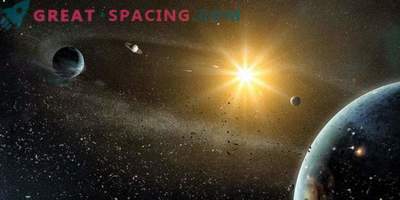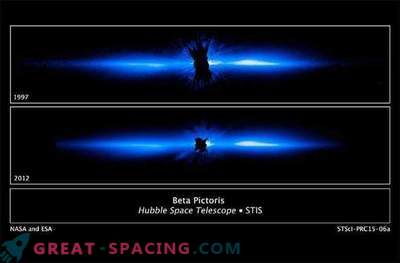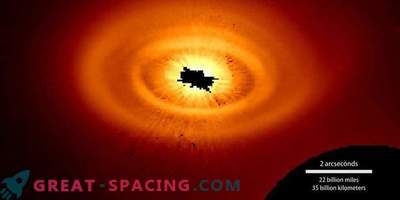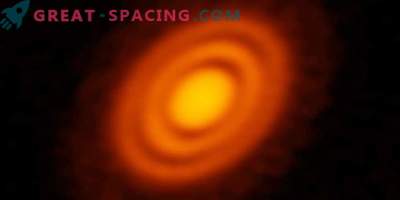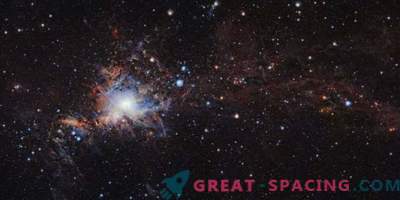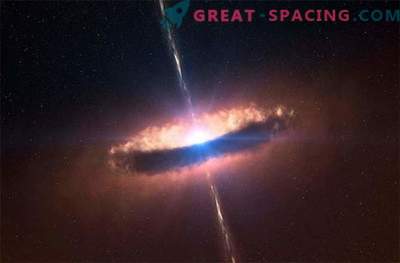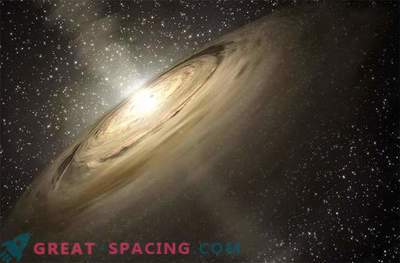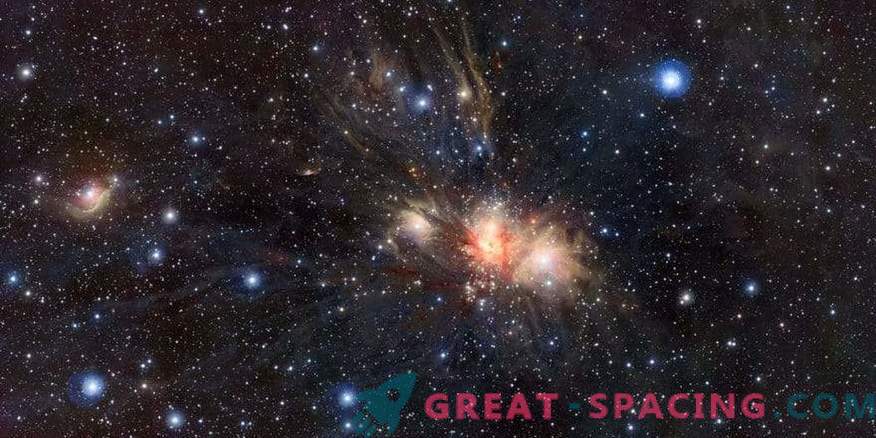
A real “protoplanetary sunset” can be observed when peculiar loops of gas and dust appear above the planetary disks.
Since the 1980s, astronomers have fought over this secret infrared glow around young star systems, and NASA’s Spitzer space telescope helped to unravel it.
Stars appear as a result of the concentration of clouds of dust and gas and their gravitational effects on each other. When the compressed cloud reaches a certain density, the nucleus melts and a new young star appears in the light. While this process of concentration is going on, the star continues to rotate naturally in the cloud, until the star reaches maturity. Various substances formed during the birth of a new star accumulate around it, forming flat rotating protoplanetary disks that turn into solid bodies like asteroids and, ultimately, into planets.
In the 1980s, an infrared astronomical satellite (IRAS) was launched into orbit. This made it possible to consider young star systems emitting infrared light. Protoplanetary disks of gas and dust produce a strong infrared signal, because the young star constantly heats the disk, and it propagates infrared waves.
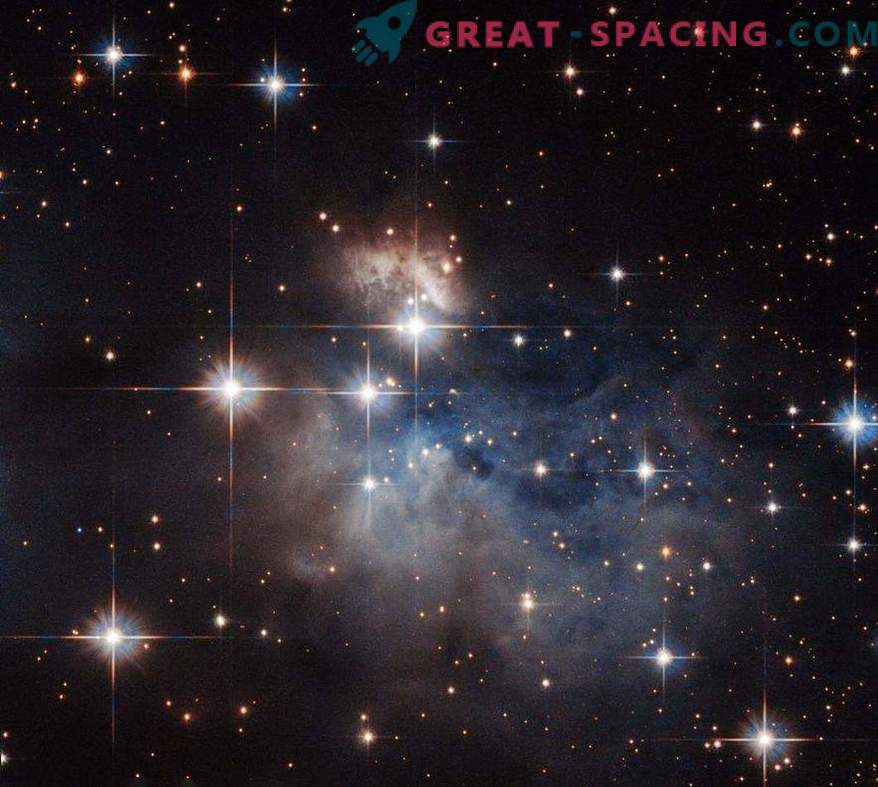
However, even during those early observations, astronomers noticed a discrepancy: in their opinion, young star systems produced too much infrared radiation.
Over the years of further observation and using advanced technologies, scientists have suggested that the simple “flat” structure of protoplanetary disks may need to be revised. New theoretical models included a modification of the “classical” protoplanetary disk, with the addition of a halo of dusty material, in which, as in a capsule, a young hot star is enclosed. Accordingly, this dust also adds heat, which could explain the excess infrared radiation.
But using the Spitzer telescope and new 3D modeling technologies, astronomers received an even more complete answer.
As the star-forming cloud concentrates, the new star not only preserves the angular momentum of the rotating cloud, but also concentrates all the magnetic fields contained in it. The magnetic field passes through the protoplanetary disk, and creates huge loops, trapping gas, dust and plasma as a trap, and increasing the gaseous sphere of the disk. These huge arcs, like a bright wreath of loops filled with hot plasma, rising high above the photosphere of the Sun, can be just what causes an excess of starlight. These huge arcs, heating up, produce even more infrared light. “If we could somehow get on one of these disks, forming future planets, and look at the star in the center, we would see a picture very similar to the sunset,” said Neil Turner from NASA's Jet Propulsion Laboratory (Pasadena, California). The disk in this case is not smooth and not flat - the magnetic fields create blurriness, and the starlight heats up even more dust.
“The starlight retardant material is not in a halo, and not in the disk itself, but in a disk atmosphere supported by magnetic fields,” said Turner. He added: “The formation of such magnetized atmospheres is explained by the fact that the disk attracts gas into the clouds, which in turn contributes to the growth of the star.”
Astronomers are now hoping for further improvement of this model and are going to observe more protoplanetary systems with equipment such as the SOFIA telescope at NASA, the ALMA telescope in Chile, and the James Webb space telescope from NASA.

